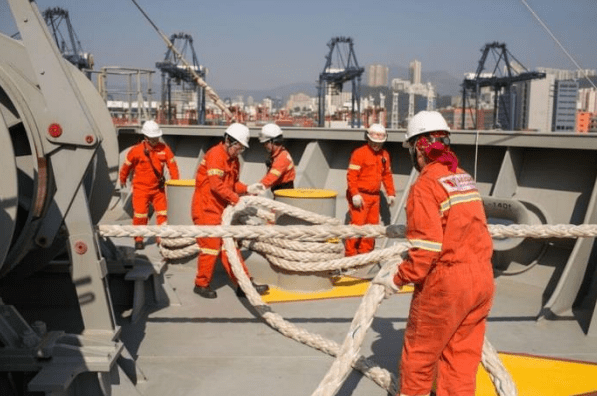The inactive world fleet at the end of December 2020 was about 1.3% of the world fleet, measured by TEU, reported the company Atlas Corp.
By comparison, the inactive world fleet comprised 10.6% of the world fleet at the end of December 2019.
Meanwhile, charter rates for 4,250 TEU Panamax vessels, for example, were roughly $ 19,000 per day in December 2020, compared to about $ 11,000 per day in December 2019.
In general, container ships play an integral role in world trade, facilitating the movement of goods around the world.
GDP is an important measure of world trade and world GDP growth is positively correlated with growth in container production.
According to Atlas Corp., container performance has varied significantly since 2000 and was above 10% per year in most years before the global credit crisis.
In 2009, global container throughput decreased by more than 8% compared to the previous year, and after growing strongly in 2010 and 2011, it ranged between 1.4 and 5.7% annually between 2012 and 2017, as the global economy grew. gradually recovered.
World fleet
In 2020, due to the impact of Covid-19, the global economic expansion stopped in the first half of the year, but recovered rapidly in the second half of the year.
The decline in container throughput for the year was approximately 1.4 percent.
With the recovery from Covid-19, both charter rates and idle rates improved significantly.
Marine transport
While the size of the container ship order book has declined from the all-time highs reached in mid-2008, as of February 1, 2021, newly built container ships representing approximately 12.4% of the existing global fleet capacity at that time. date were under construction.
Although some orders may be canceled or delayed, the size of the order book may result in an increase in the size of the global container ship fleet over the next few years.
![]()

